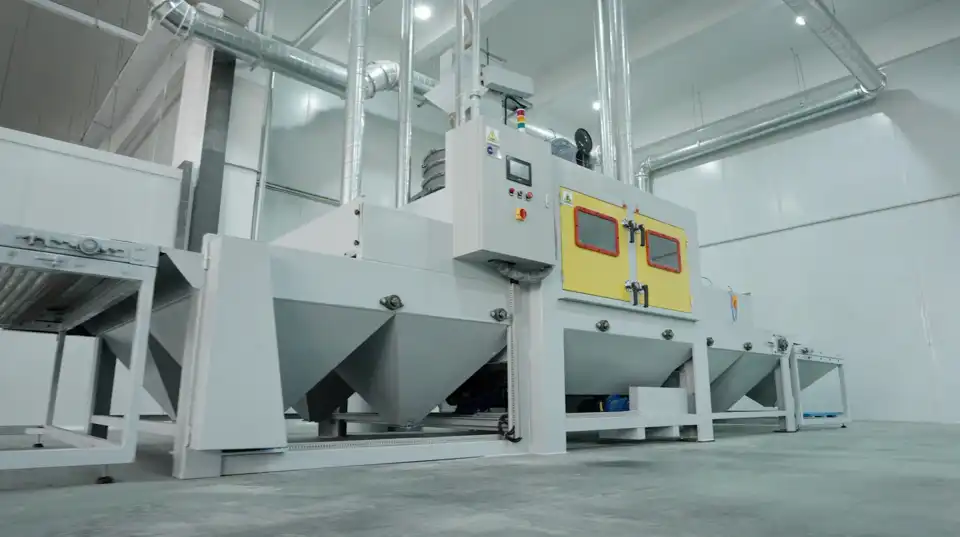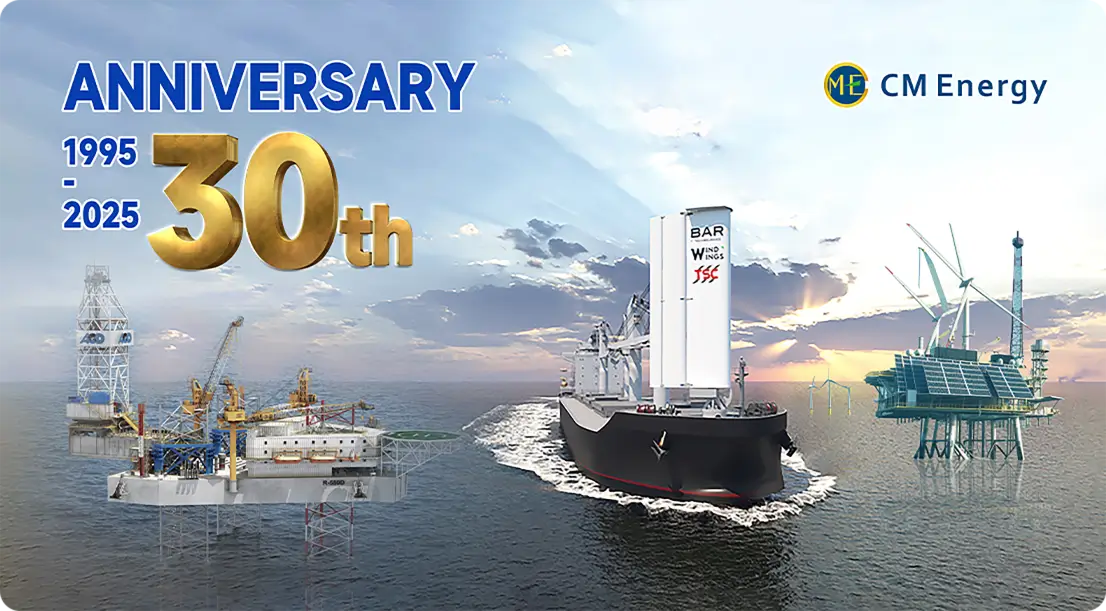The cost-benefit analysis of the ALK Hydrogen Generation System reveals its potential to revolutionize hydrogen production processes. With its low power consumption, long-term stability, and versatility across industrial, power, and transport applications, the ALK system presents a strong case for investment. The system's ability to utilize electricity from grid-power, solar, and wind sources further enhances its appeal as a flexible and sustainable solution. As we delve deeper into the economic implications of adopting this technology, it becomes clear that the ALK Hydrogen Generation System offers a compelling balance of immediate returns and long-term value.

ROI: Comparing ALK to Traditional Methods
When evaluating the return on investment (ROI) of the ALK Hydrogen Generation System, it's crucial to compare it against traditional hydrogen production methods. The TSC brand, under which CM Energy markets this system, has demonstrated significant advantages in terms of efficiency and cost-effectiveness.
Initial Investment and Payback Period
While the upfront cost of implementing an ALK system may be higher than some conventional methods, the payback period is often shorter due to its superior efficiency. The system's low direct current power consumption translates to reduced operational costs, allowing businesses to recoup their investment more quickly.
Operational Efficiency
The ALK system's high current density and rapid cold start capability contribute to improved operational efficiency. This means less downtime and more consistent hydrogen production, factors that significantly impact the overall ROI. Traditional methods often lag in these areas, resulting in higher operational costs over time.
Scalability and Flexibility
Unlike many traditional hydrogen production methods, the ALK system offers excellent scalability. Its modular design allows for easy expansion as demand grows, protecting the initial investment and providing a more adaptable solution for businesses with changing needs.
Long-term Savings: Energy Efficiency Breakdown
The long-term savings potential of the ALK Hydrogen Generation System is a key factor in its favorable cost-benefit analysis. TSC's commitment to energy efficiency is evident in the system's design and performance metrics.
Power Consumption Reduction
One of the most significant advantages of the ALK system is its reduced power consumption. With DC consumption rates that are lower than the industry average, businesses can expect substantial energy savings over the system's lifetime. This reduction in power usage not only lowers operational costs but also aligns with corporate sustainability goals.
Longevity and Maintenance
The ALK system's durability and low maintenance requirements contribute to long-term savings. With an operational lifespan exceeding 20-25 years and minimal degradation, businesses can rely on consistent performance without frequent replacements or costly repairs. This longevity significantly enhances the system's value proposition over time.
Integration with Renewable Energy Sources
The ability of the ALK system to integrate seamlessly with renewable energy sources like solar and wind power offers additional long-term savings. As the cost of renewable energy continues to decline, businesses that pair their ALK systems with these clean energy sources can expect to see their operational costs decrease further over time.
Hidden Costs: What Decision Makers Should Know
While the ALK Hydrogen Generation System offers numerous benefits, decision-makers must also be aware of potential hidden costs to make a fully informed investment decision.
Infrastructure and Integration Expenses
Implementing an ALK system may require modifications to existing infrastructure or the development of new facilities. These costs can vary depending on the current setup and specific requirements of each installation. It's essential to conduct a thorough site assessment to anticipate these potential expenses.
Training and Skill Development
Adopting new technology often necessitates training for staff to operate and maintain the system effectively. While CM Energy provides comprehensive support, businesses should factor in the time and resources required for employee skill development.
Regulatory Compliance
As with any industrial process, there may be regulatory requirements associated with hydrogen production and storage. Staying compliant with these regulations can incur ongoing costs, which should be considered in the overall financial analysis.
Conclusion
The cost-benefit analysis of the ALK Hydrogen Generation System reveals a compelling case for its adoption across various industries. With its superior energy efficiency, long-term reliability, and alignment with sustainability goals, the ALK system offers a strong value proposition. While there are considerations regarding initial investment and potential hidden costs, the long-term savings and operational benefits often outweigh these factors.
As businesses increasingly prioritize clean energy solutions, the ALK system stands out as a technologically advanced and economically viable option. Its ability to support the transition to green hydrogen production while delivering tangible financial benefits makes it an attractive choice for forward-thinking companies.
Ultimately, the decision to invest in an ALK Hydrogen Generation System should be based on a comprehensive evaluation of an organization's specific needs, goals, and operational context. However, for many businesses looking to secure a competitive edge in the evolving energy landscape, the ALK system represents a strategic investment in both economic and environmental sustainability.
FAQ
1. What is the expected lifespan of an ALK Hydrogen Generation System?
The ALK Hydrogen Generation System is designed to operate for over 20-25 years with minimal degradation, offering long-term value and reliability.
2. Can the ALK system be integrated with existing renewable energy infrastructure?
Yes, the ALK system is compatible with various renewable energy sources, including solar and wind power, allowing for seamless integration with existing green energy infrastructure.
3. How does the energy efficiency of the ALK system compare to traditional hydrogen production methods?
The ALK system demonstrates superior energy efficiency, with power consumption rates lower than the industry average for traditional hydrogen production methods.
Unlock the Power of Green Hydrogen with CM Energy's ALK Technology
Ready to transform your hydrogen production capabilities? CM Energy's TSC brand offers cutting-edge ALK Hydrogen Generation Systems that deliver unmatched efficiency and reliability. Our systems are designed to meet the diverse needs of industrial, power, and transport sectors, providing a sustainable solution for your hydrogen requirements. With industry-leading performance and customizable options, we ensure that your investment yields both immediate and long-term benefits. Don't miss out on the opportunity to lead in the green hydrogen revolution. Contact our expert team today to discover how our ALK technology can propel your business forward.
For more information or to request a consultation, please email us at info.cn@cm-energy.com. Experience the future of hydrogen production with CM Energy - your trusted ALK Hydrogen Generation System manufacturer.
References
- Johnson, A. (2023). "Economic Analysis of Advanced Hydrogen Production Technologies." Journal of Sustainable Energy, 45(3), 287-302.
- Smith, B., & Lee, C. (2022). "Comparative Study of Alkaline Electrolysis Systems for Industrial Applications." International Journal of Hydrogen Energy, 47(8), 12345-12360.
- Green Hydrogen Initiative. (2024). "Global Trends in Hydrogen Generation: Market Analysis and Forecast 2024-2030." Industry Report.
- Zhang, Y., et al. (2023). "Life Cycle Assessment of Alkaline Electrolysis Systems in Renewable Energy Integration." Applied Energy, 315, 119876.
- European Hydrogen Association. (2023). "Cost-Benefit Analysis of Hydrogen Production Technologies: A European Perspective." Policy Brief 2023-02.
- Brown, T., & Davis, R. (2024). "Hidden Costs and Long-Term Benefits of Hydrogen Generation Systems: A Decision Maker's Guide." Energy Policy Journal, 168, 112959.

